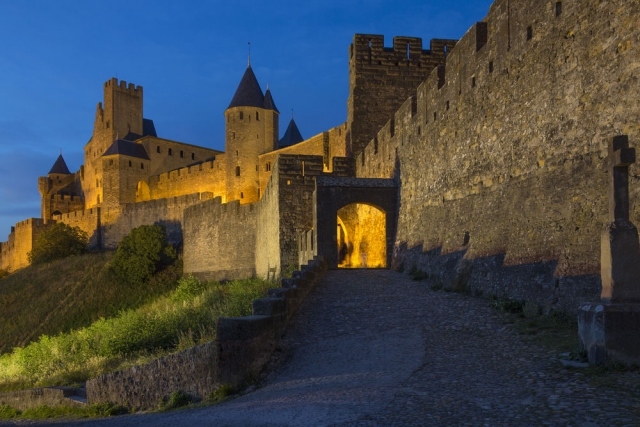The Goths
Ancient European History

An Introduction to the Goths
In this podcast Professor Peter Heather of King's College London looks at the history of the Goths. The Goths were Germanic people who played a major role in the fall of the Western Roman Empire and the emergence of medieval Europe.
In the late 4th century, the lands of the Goths were invaded from the east by the Huns. In the aftermath of this event, several groups of Goths came under Hunnic domination, while others migrated further west or sought refuge inside the Roman Empire. Goths who entered the Empire by crossing the Danube inflicted a devastating defeat upon the Romans at the Battle of Adrianople in 378. These Goths would form the Visigoths, and under their king Alaric I, they began a long migration, eventually establishing a Visigothic Kingdom in Spain at Toledo. Meanwhile, Goths under Hunnic rule gained their independence in the 5th century, most importantly the Ostrogoths. Under their king Theodoric the Great, these Goths established an Ostrogothic Kingdom in Italy at Ravenna.
The Ostrogothic Kingdom was destroyed by the Eastern Roman Empire in the 6th century, while the Visigothic Kingdom was conquered by the Umayyad Caliphate in the early 8th century. Remnants of Gothic communities in Crimea, known as the Crimean Goths, lingered on for several centuries, although Goths would eventually cease to exist as a distinct people.
1. Who are the Goths?
2. How are the Goths politically organised?
3. The Visigoths enter the Balkans, Italy, Gaul and settle in Spain.
4. The Ostrogoths and Theodoric conquer Italy.
5. The legacy of the Goths.
In order to access the full content of the podcasts please Login or Join the HA.

